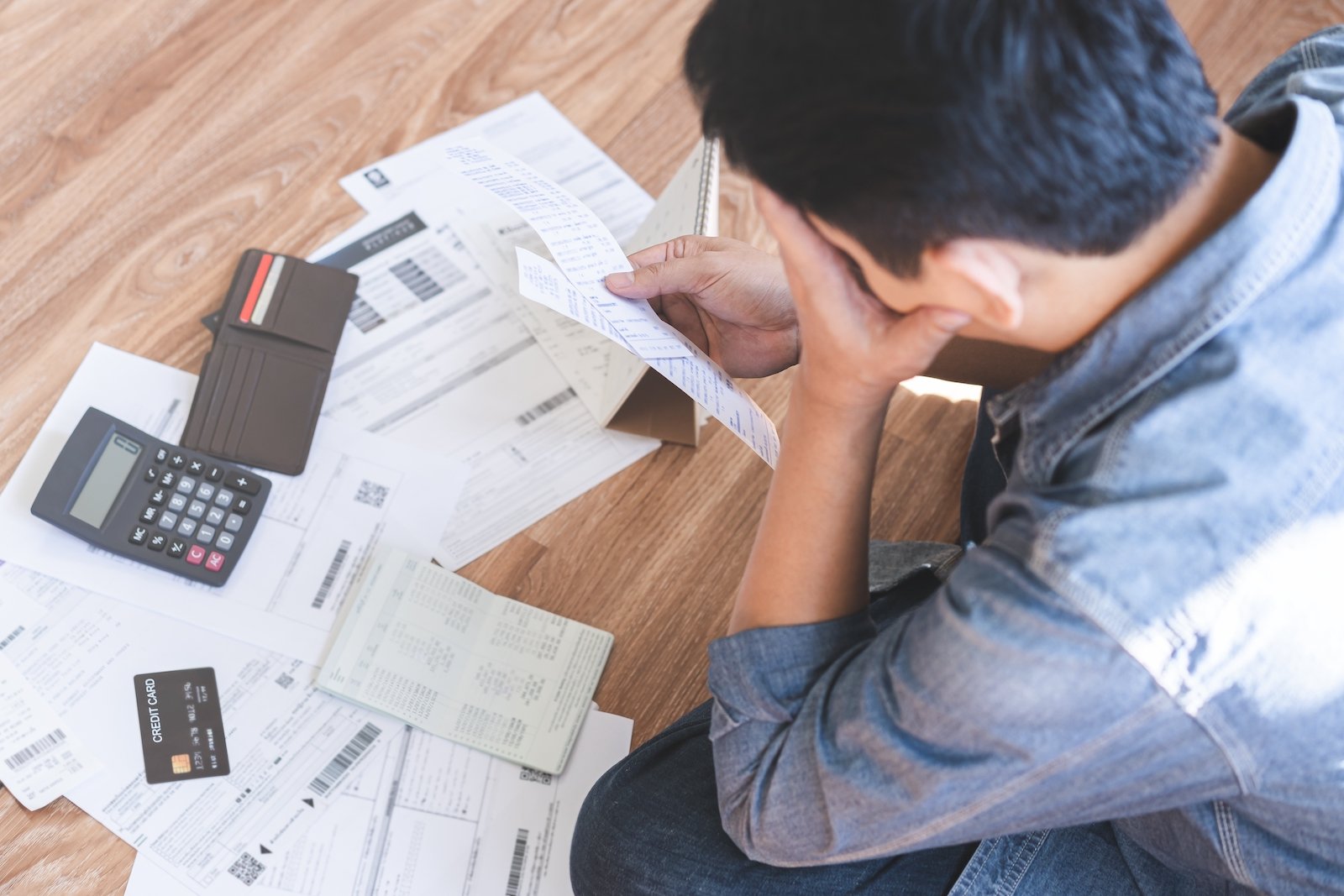Doom spending, a term coined to describe impulsive or excessive spending driven by anxiety, stress, or uncertainty, has become prevalent in recent years. Whether triggered by economic downturns, pandemics, or personal financial insecurities, 1 out of 3 Americans have admitted to doom spending in 2024. Below are 12 key things you need to know about this phenomenon.
Economic Uncertainty Boosts Doom Spending

Economic uncertainty tends to trigger an increase in doom spending as individuals indulge in revenge spending to compensate for stressful financial periods. Data suggests that Americans have gone on a splurging spree with the $2 trillion surplus collectively accumulated during the pandemic.
However, the long-term impact of such spending can be detrimental. It can lead to increased debt and reduced savings, exacerbating financial instability during challenging times.
Retail Therapy for All Income Levels

Doom spending is not confined to any specific income group; it affects individuals across all income levels, albeit in different ways. The desire to cope through impulsive spending is a common psychological response, regardless of one’s financial status.
Deloitte discovered that in 2023, U.S. consumers frequently made splurge purchases. This included 71% of those with lower incomes, 79% of middle-income earners, and 84% of those with higher incomes.
Credit Card Debt Surges as a Result

Doom spending often increases credit card debt as individuals use credit to fund their impulsive purchases. This may rapidly accumulate debt and cause financial instability.
In Q2 2024, the Federal Reserve reported that U.S. credit card debt reached $1.14 trillion, marking the highest level ever recorded. Rising credit card debt has significant long-term implications. For many, doom spending fueled by credit cards can lead to financial ruin, emphasizing the significance of dealing with the root causes of such behavior.
Younger Generations Are Most Susceptible

Millennials and Gen Z are especially vulnerable to doom spending. Data from a 2024 survey suggests that out of the 27% of Americans who have admitted to doom spending, 35% are Gen Z, and 43% are millennials.
This behavior is often exacerbated by social media’s pervasive influence, where curated images of luxury lifestyles and constant exposure to targeted advertising can evoke a feeling of inadequacy or the fear of missing out.
E-commerce Platforms Amplify the Problem

The growth of e-commerce has significantly amplified the problem of doom spending by making it easier for consumers to make impulsive purchases. Data shows that online retail sales in the U.S. grew by 6.6% from Q2 2023 to Q2 2024.
E-commerce platforms also benefit from data-driven marketing strategies targeting consumers based on browsing history, past purchases, and social media activity. The impact of e-commerce on doom spending is particularly pronounced among younger generations.
Leads to Long-Term Financial Instability

One of the most concerning aspects of doom spending is its potential long-term financial instability. When individuals engage in impulsive purchases driven by anxiety or stress, they often do so at the expense of their savings or by accumulating debt.
A study by Bankrate found that 75% of Americans are financially fragile in 2024. This financial fragility is often exacerbated by doom spending, as individuals deplete their savings or incur debt to fund their spending habits.
Luxury Items Are Often Targeted

Doom spenders frequently target luxury items such as designer clothing, high-end electronics, and premium home decor. These products offer a sense of status and comfort, making them attractive purchases during anxiety.
Despite widespread economic uncertainties, sales of luxury goods have continued to grow. Data from J.P. Morgan Research shows that sales of luxury items increased by 7% in 2022. Impulsive consumers seeking comfort amidst chaos drove this growth, indicative of doom spending.
Social Media Exacerbates Doom Spending

Social media platforms have emerged as major catalysts for doom spending by creating environments that encourage impulsive buying. This includes posts from influencers, brands, and advertisements that showcase desirable products and lifestyles.
Nearly half (48%) of people who use social media say they’ve bought something impulsively after seeing it on a social media platform. The ease of purchasing, with the persuasive power of influencers and targeted ads, makes social media a potent catalyst for doom spending.
Mental Health is a Key Driver

The link between mental health and doom spending is well-established, with many individuals spending impulsively to boost their mood temporarily or distract themselves from their problems. This behavior is often referred to as “self-medication” through spending.
Research states that impulsive spending is higher among individuals experiencing anxiety or mood disorders. Understanding the role of mental health in doom spending is crucial for developing strategies to break this cycle and promote healthier coping mechanisms.
Doom Spending Has Societal Impacts

Doom spending doesn’t just affect individual consumers; it can also have broader societal and economic impacts. Widespread doom spending can contribute to rising levels of household debt, which can have serious implications.
A growing share of consumer spending is now being financed through debt. By the second quarter of 2024, total household debt in the U.S. hit an all-time high of $17.8 trillion. Addressing the root causes of doom spending is essential for promoting broader economic and social stability.
The Role of Buy Now, Pay Later

The rise of Buy Now, Pay Later (BNPL) services has significantly contributed to doom spending. BNPL services allow consumers to make impulsive purchases with deferred payments, and they are popular because they offer a way to buy products without immediate financial impact.
The August 2024 LendingTree BNPL Tracker reports that 33% of Americans considered applying for a Buy Now, Pay Later (BNPL) installment loan this month. Data also suggests that 34% of BNPL users made at least one late payment in the past year.
Financial Literacy Mitigates Doom Spending

Financial literacy is a key factor in mitigating doom spending. Individuals with greater financial literacy are better equipped to make informed financial decisions, reducing the likelihood of impulsive and anxiety-driven purchases.
Research found that individuals with higher financial literacy are less likely to spend impulsively and make better financial decisions. As a result, they are more likely to prioritize financial stability over short-term gratification.


